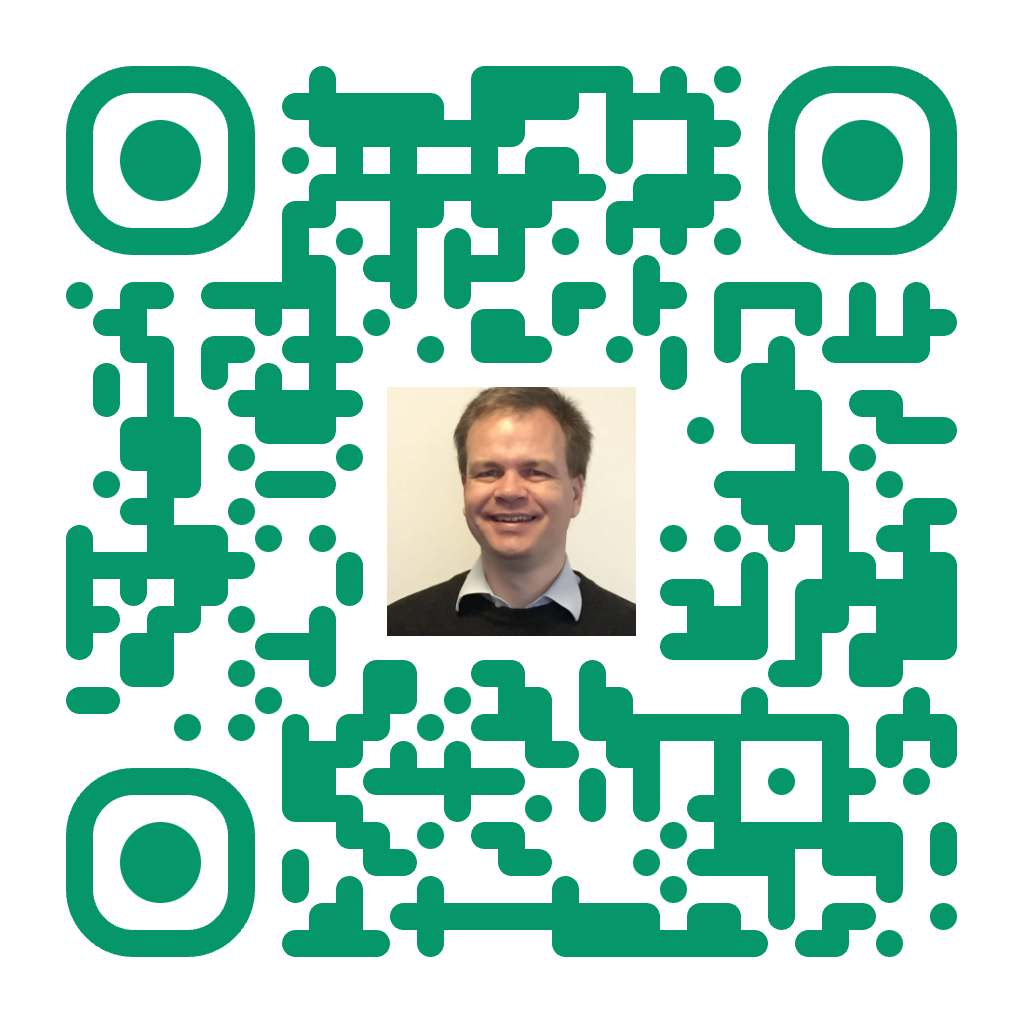I used to work with barcodes, back in the days when they were seen as something useful.
When I started out in a career as software developer and systems consultant, one of the first tasks I had was to make barcode printing work for a specific printer model. A customer had bought a bunch of these printers based on our advice, only to find out that the barcodes they could print with it were too big for their automated laboratory equipment. The code would be stretching out beyond the window through which it should be read by the machine, so the printers were useless.
Codes were too big, and there was no way to make them smaller in a way that worked — until I was hired.
Some calculations and studies of the printer documentation, along with documentation for some other printers, brought me to a line of changes to our barcode printing software that would allow for the codes to become sufficiently small to actually fit.
As a fun fact, I had a discussion with my boss who didn’t understand why I would need a special ruler — such one that could measure points and cicero. But that ruler, which I had to go to the city center to buy myself, as nobody else understood what it was, made it possible for me to measure exactly which precision the printers were capable of reaching and, hence, which widths of barcode lines would be possible to create. An important knowledge for creating a solution to the problem.
Suddenly, the large wasted investment in printers became un-wasted, and in addition, the new program worked just as well with the other relevant printer models. We could from that moment design labels more freely.
Free as a barcode — or more precisely, free as a specimen requisition designer with extended barcode placement opportunities.
That was 30 years ago.
The code back then was of the type Interleaved 2 of 5 because it is the smallest possible barcode design available.
Years later, I took part in a project management course, and one of the other participants told an exciting story about how he had made a living out of applying QR codes in various contexts, thereby enriching the experience of, for instance, a visit to a museum — or a forest.
Interesting story, indeed, but… I didn’t know what a QR code was!
Life had happened without me, at least along that parameter, and I have actually never met any interest in my barcode skills or had any other tasks in the area since that first job, so it is not really strange that I was disconnected from it. But it felt strange at that moment.
Later, of course, I would see QR codes everywhere, and I would learn how such a code together with a modern mobile phone can bring web links into the phone as easy as a tap on the camera app.
And here it is that I have started drawing parallels. Isn’t it just like that eternal hunt for attention on social media, where we spread our links everywhere to make it easy for people to find us and follow us?
We have links to our email address and website in our email signatures, links to various social media homepages spread all over the internet in Gravatar or other profile apps, and on every social media we are on — link after link after link.
How often will anyone click on any of it? It is so easy, so it should happen all the time? No, it doesn’t, because people don’t care about links. They probably don’t even see them.
My good old laboratory barcodes would be seen every time. They were made for a specific purpose, and they were appreciated by the intended users.
But all of our social links have no particular intended users — they are just spread all over the world as kind of spam, or at least information overload.
Now, having a Substack page, I was able to get a QR code — another link, this time with my face sitting right there in the middle of if, making me the code with some dots around as decoration.
Will anybody ever point their mobile camera towards it and tap the app? If I spread the QR code all over the world, will then the temptation to hit me right there on my nose be so big that it will drag in thousands of new readers to my Substack?
Hardly, I’m afraid. My fascination of that other project manager’s QR business was back then, but we are here now, in a time when people are fed up with each other’s links and never click on any of them, never point their cameras towards a QR codes unless they have to.
So, my new life as a QR code will most likely become as quiet as my life as a barcode expert.



